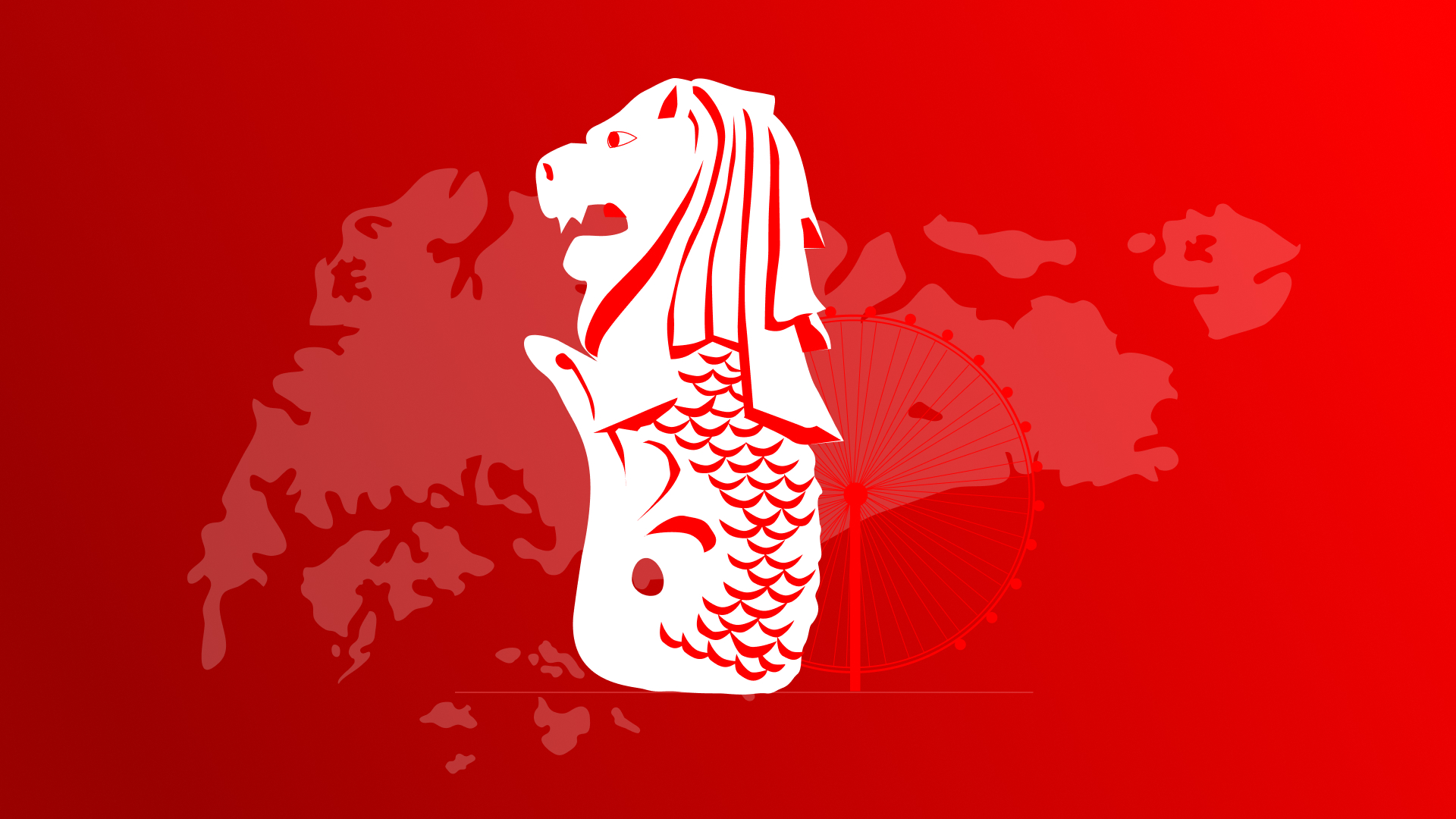7 Brand Communication Ideas That Align Strategy with Customer Experience
Discover 7 brand communication ideas that connect strategy with real customer needs. Build clarity, trust, and consistency across every brand touchpoint.

Discover 7 brand communication ideas that connect strategy with real customer needs. Build clarity, trust, and consistency across every brand touchpoint.


A fintech startup in Singapore once launched a campaign promising “Quick Banking for the Modern Customer.”
The visuals were sleek, the copy sharp — but when new users tried signing up, the app crashed twice before completing registration.
Within days, the same phrase that looked powerful in headlines became the punchline in user reviews.
This is what happens when brand communication and customer experience drift apart. Your message might be perfect on paper, but if the reality does not live up to it, trust evaporates.
In an experience-driven economy, customers do not separate what they hear from what they feel.
Every email, interface, and conversation contributes to the story your brand is telling, whether you mean it to or not. That is why alignment between strategy and experience is no longer optional.
In this guide, we explore how seven brand communication ideas can help you close that gap to turn strategy into experience and consistency into trust.
Here's the short version:
Brand communication is how every aspect of your business conveys its values and identity. It is the system that connects your strategy to every experience your customer has, turning abstract positioning into tangible behaviour.
Coca-Cola offers a clear example. For years, the brand anchored its messaging around a single emotional promise: happiness. From “Open Happiness” to “Choose Happiness,” every campaign reinforced that core idea across packaging, advertising, and even product experiences.
According to recent research, 76.7% of marketers believe the primary purpose of branding is to differentiate themselves from competitors, yet most still focus primarily on messaging. True brand communication goes deeper. It shapes how your organisation looks, sounds, acts, and feels at every touchpoint.
Here’s what effective brand communication involves:
Together, these elements define not just how you communicate, but also how you are perceived.
When one element falters, even briefly, the experience breaks down. A promise made in an ad might not match the tone of customer service. A digital campaign might feel progressive, while the product onboarding feels outdated.
That’s when alignment starts to slip and the cost begins to show.
Suggested Read: 8 Game-Changing Branding Strategies for Singapore B2Bs To Go Global
American Eagle, a global apparel brand, launched a bold campaign with Sydney Sweeney under the tagline “Sydney Sweeney Has Great Jeans.” The company thought jeans was a great wordplay on genes, and the ad was structured around it.
What sounded playful internally triggered intense public backlash. Critics argued the wordplay and imagery raised unintended racial and ethical implications.
This is a brand communication failure in action. The message was slick. The visuals were arresting. But the experience and the cultural context didn’t match.
When your message and your market view diverge, the costs are real.
Here’s what that misalignment really costs:
Globally, businesses are recognising that alignment is not a soft skill, but a growth strategy. The Brand Strategy Services market, valued at USD 1.17 billion in 2025, is projected to grow at a 6.1% CAGR through 2033. This reflects how companies worldwide are investing in cohesive brand systems to stay competitive.
In Singapore and across Southeast Asia, Vantage Branding helps companies bridge this gap by aligning strategy, communication, and experience through research-led insights and structured implementation.
Our approach converts fragmented messaging into consistent, credible systems that strengthen internal culture and improve customer experience. Schedule a 30-minute discussion on brand communication alignment and turn your message into a lived experience.
Suggested Read: What Is a Branding Agency, and Why Do You Need One Today?
At Vantage Branding, we have seen what separates strong communication from forgettable campaigns. Across sectors—from enterprise tech to healthcare—one thing is clear: clarity isn’t accidental. It’s built.
The ideas below are drawn from that experience through real conversations, tested strategies, and measurable results. They reflect what actually works when your goal is not just to be heard, but to be understood.
These seven ideas will make sure your brand strategy aligns with the end-customer experience:
The most powerful messages start with internal alignment. Before launching any campaign, your team needs to believe in and understand what the brand stands for.
George Bernard Shaw once said, "The greatest problem with communication is the illusion that it has been accomplished."
Internal brand briefings, tone workshops, and leadership communication ensure everyone speaks the same language. When your people live the message, customers trust it faster.
Values mean nothing if they exist only on a website. Translate each one into visible actions that customers can experience. For example, if your brand values transparency, show it through clear pricing, open reporting, and honest updates.
When Singapore-based fintech firm Revolut launched locally, it did not just say it believed in transparency — it built it into the product experience. Real-time currency conversion, fee-free transactions, and instant spending notifications turned a brand promise into tangible proof. Customers did not need to be told Revolut was honest; they could see it every time they used the app.
That is how communication becomes credible — when every action reinforces what your brand says about itself.
Modern brand communication is two-way. Use feedback loops, such as surveys, chat insights, and community channels, to understand how your audience experiences your promise. Brands that listen evolve in real time, closing the gap between perception and intent. Listening turns communication from a monologue into a dialogue.
Your brand voice should be consistent, not monotone. Speak differently to different audiences while keeping your identity intact. A confident yet empathetic tone in customer service can coexist with an authoritative tone in investor reports. Flexibility makes your brand sound human, not scripted.
Take Grab, for example. The brand communicates with playful warmth in its consumer channels — using friendly copy, local slang, and community stories — yet adopts a professional and data-backed tone when addressing investors or government partners.
Each customer touchpoint, whether it's a website, retail store, email, or app, carries part of your brand's story. Mapping these experiences helps you see where the story breaks. Once you visualise that journey, you can make intentional choices about design, tone, and content.
Yet many brands underestimate just how fragmented those experiences feel. According to research, 79% of customers expect consistent interactions across platforms, yet 55% say it often feels like they are talking to different companies altogether. That disconnect erodes trust, no matter how strong your product is.
Visual identity is more than a logo. It is how your colours, imagery, and typography reinforce recognition across every channel. Brands that maintain a unified look and feel are more reliable, even before the first interaction. When your visuals tell the same story as your words, credibility follows naturally.
Consider DBS Bank. Whether you open its app, visit a branch, or see an ad at Changi Airport, the experience feels unmistakably DBS. You get bold reds, confident typography, and clear design hierarchy. This consistency does more than look good; it signals stability and trust in every interaction.
Strong brands think in systems — not in bursts. Instead of designing one-off campaigns, build a communication framework that scales with your growth. A system defines how your brand expresses itself in any situation — new markets, crises, or launches. This is how consistency becomes strength, not constraint.
Shopee is synonymous with vibrant visuals, colloquial tone, and a familiar energy that audiences recognise instantly. Their campaign message follows a clear rhythm across regional festivals, flash sales, and brand partnerships.
These seven ideas work because they make communication operational, not ornamental. At Vantage Branding, we help companies implement systems like these by aligning strategy, messaging, and experience to create brands that are lived, not just seen.
How aligned is your brand communication today? Take our Brand Potential Quiz to find out where your strengths and blind spots lie.
A well-built strategy gives you clarity on what you want to say, how you’ll say it, where you will say it, and how you’ll make sure it’s felt.
At the core of any strategy is your brand communication platform. This is the framework that ties together your visual identity, verbal identity, behaviour, and experience into one coherent story. It is this platform that ensures your brand shows up consistently, recognisably, and meaningfully.
Here are five steps to creating a lasting brand communication strategy:
Communication strategy isn’t just about how you talk. It’s about how you are recognised, time after time. The next section looks at how we employed this strategy to bring one of Singapore’s most respected cultural institutions into sharper focus.
When the Singapore Symphony Orchestra (SSO) approached Vantage Branding, it was already one of the country’s most celebrated cultural institutions. The challenge was not awareness — it was alignment.
The orchestra’s communication had become fragmented across touchpoints: concert programmes, digital platforms, sponsorship materials, and outreach initiatives all looked and sounded different. The brand needed a more straightforward, more cohesive way to express who it had become.
Vantage began with a deep brand communication audit, engaging both internal stakeholders and audiences. The insight was simple yet powerful. The brand needed to sound as inviting and diverse as the performances it delivered.
From there, Vantage built a comprehensive brand communication platform, linking SSO’s purpose (“Inspiring Lives Through Music”) with consistent messaging, design, and behaviour across every audience interaction.
The result was operational. Every department began speaking in the same tone and design language, strengthening both internal pride and external recognition.
SSO’s refreshed identity and communication system reaffirmed its position as a national icon while making it more relatable to new audiences. Attendance rose, partnerships deepened, and the orchestra’s presence extended into new digital spaces.
In branding terms, this was alignment in motion. The audience saw what the orchestra truly stood for: collaboration, inclusivity, and the power of shared experience.
Explore more of our work to see how strategy-led branding drives clarity, consistency, and commercial impact.
When your brand strategy and experience move in sync, your communication becomes instinctive. Customers sense it immediately. Every word, design choice, and interaction starts reinforcing the same promise.
That is when branding stops being a marketing function and becomes an organisational advantage.
At Vantage Branding, we help organisations build that bridge between brand and experience. From messaging systems to visual frameworks, we ensure your communication strategy supports what your customers actually experience.
You can also access support through the Enterprise Development Grant (EDG), which covers up to 50% of qualifying brand transformation projects.
Align your communication and experience before your audience does it for you. Book a brand experience alignment audit with us today.
1. What is the difference between brand communication and marketing communication?
Brand communication defines who you are — your tone, values, and long-term message. Marketing communication focuses on what you sell — specific campaigns or offers. Strong brands use marketing to activate strategy, not replace it.
2. How can I tell if my brand communication is misaligned?
Look for friction points: inconsistent tone across departments, conflicting visuals, or customer confusion about what you stand for. If different teams tell slightly different stories, it is time to realign your communication platform.
3. What does a brand communication strategy include?
It includes your brand’s purpose, positioning, tone of voice, visual identity, key messages, and the experience principles guiding every touchpoint. Essentially, it is the operating manual for how your brand behaves and speaks everywhere it appears.
4. How often should a brand communication strategy be reviewed?
A formal review every 12 to 18 months keeps your strategy relevant to shifting audience expectations. However, key communication metrics — like engagement, recall, and sentiment — should be tracked continuously to guide small, timely refinements.
5. How can Vantage Branding help improve our brand communication?
Vantage Branding combines research, strategy, and design to unify what you say with what your audience experiences. We work across messaging systems, tone of voice, visual identity, and internal alignment — supported by the Enterprise Development Grant (EDG) for eligible Singapore companies.


